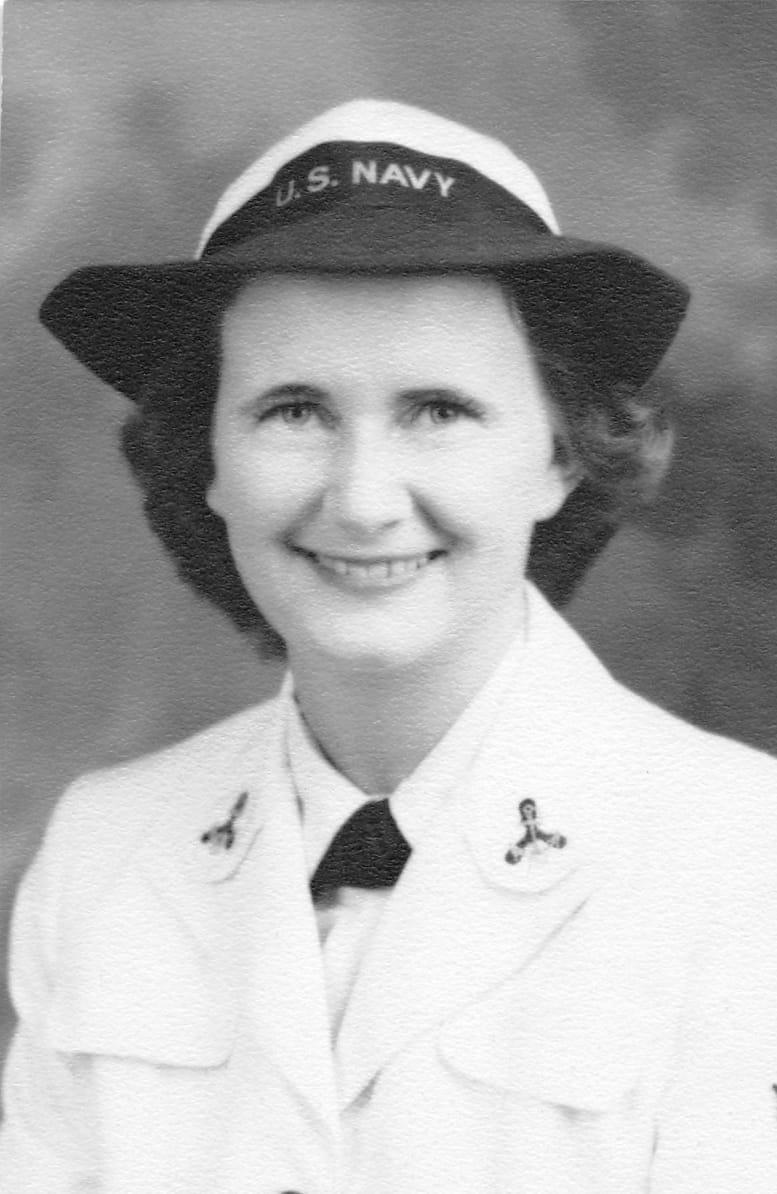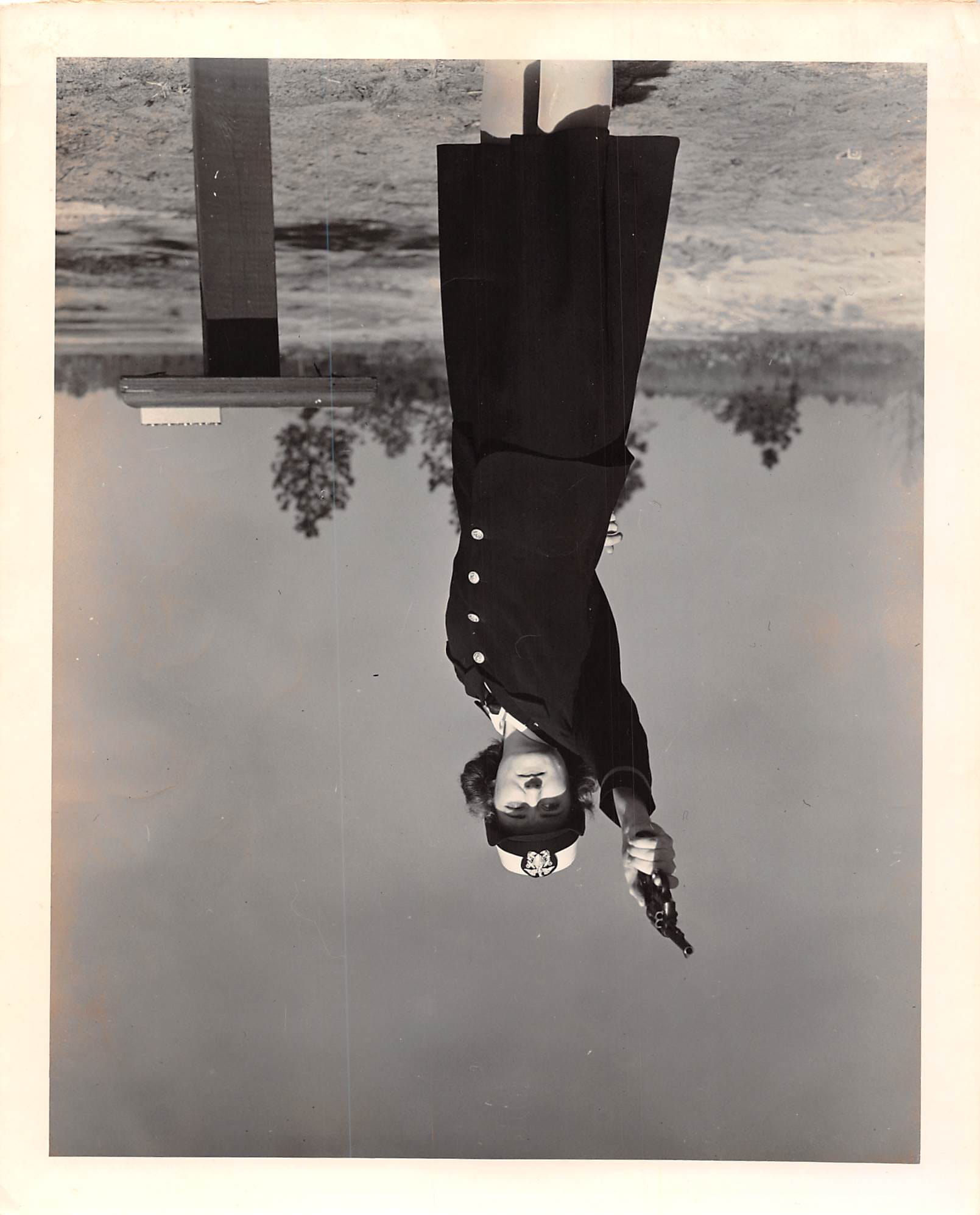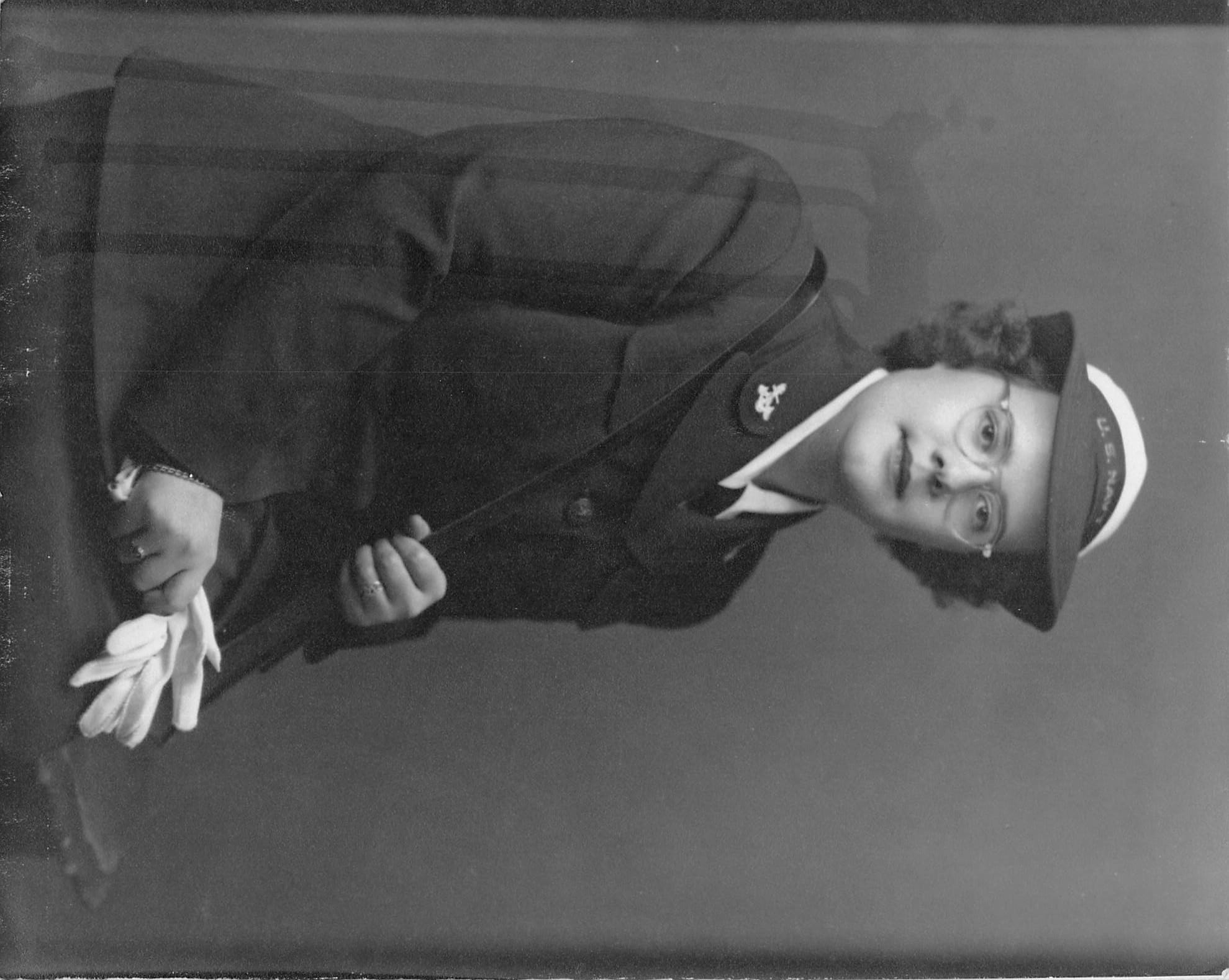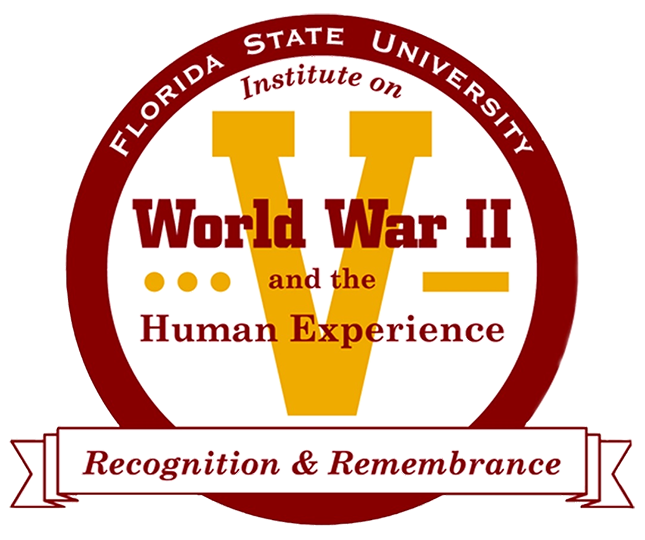Navy
In 1940, the United States made an unprecedented expansion—it established a two-ocean Navy, with ships stationed in both the Atlantic and Pacific oceans. As the U.S. Navy mobilized in two parts of the globe, there was a need to pull men from clerical duties to fight on both fronts. When other branches of the United States Armed Forces began enlisting women to fulfill these resulting vacancies, the Navy followed suit. On July 30, 1942, the Women Accepted for Voluntary Emergency Services (WAVES) was signed into existence.
The WAVES mission was to “expedite the war effort by releasing officers and men for duty at sea and their replacement by women in the shore establishment”. Enlisted women committed to these duties for the duration of the war and for an additional six months after. “WAVES” were then sent to various colleges throughout the country that volunteered their campuses for naval training. Upon graduation, they were assigned to positions across the continental United States. From San Francisco to Washington D.C., WAVES women served in various positions that helped the U.S. Navy manage its day to day tasks and essential functions.
As more men were called for overseas combat, women like Calista Louise Bliler and Mary Rumph prepared them to defend the United States. Bliler, the first woman to become an officer from the U.S. Naval Air Station in Dallas, Texas, was a Navy weather observer and eventually an Educational Service Officer. She trained new male service members to use meteorological equipment before their deployment, while also serving her own weather watches. Mary Rumph, a graduate of Florida State College for Women, was an assistant communications officer, transmitting and receiving radio signals for interpretation in Lakeland, Florida.
WAVES members also performed other duties across the United States. Dorothea “Jane” Fredrickson worked around the clock in mail rooms to sort and send mail to troops in the Pacific. Women also worked in Naval medical centers assisting in the treatment of Naval personnel, and military barracks, where they cleaned bunks and organized meals and entertainment for officers.
Over 100,000 women served in the WAVES from the time of its conception to the war’s end. After February of 1946, most WAVES returned from their duties back to the lives they led before the war. Many went back to their hometowns to teach, tend to hospital patients, or resume their occupations held prior to enlisting. Their services and contributions to the Navy were often recognized by their communities in their local newspapers, and they, like the men they served alongside, returned as hometown heroes.
Sources:
Bliler, Calista Louise, collection. Institute on World War II and the Human Experience, Florida State University, Tallahassee, Florida. http://purl.fcla.edu/fsu/WWII_98_0329. https://archives.lib.fsu.edu/repositories/6/resources/109
Fredrickson, Dorothy Marshman, papers. Institute on World War II and the Human Experience, Florida State University, Tallahassee, Florida. http://purl.fcla.edu/fsu/WWII_07_0117. https://archives.lib.fsu.edu/repositories/6/resources/926
Godson, Susan H. Serving Proudly: A History of Women in the US Navy. Annapolis, Md: Naval Institute Press ; Washington, D.C. : Naval Historical Center, 2001
Rumph, Mary Berry, collection. Institute on World War II and the Human Experience, Florida State University, Tallahassee, Florida.





